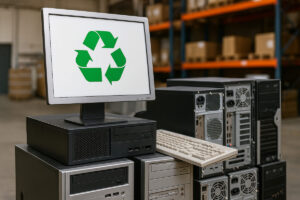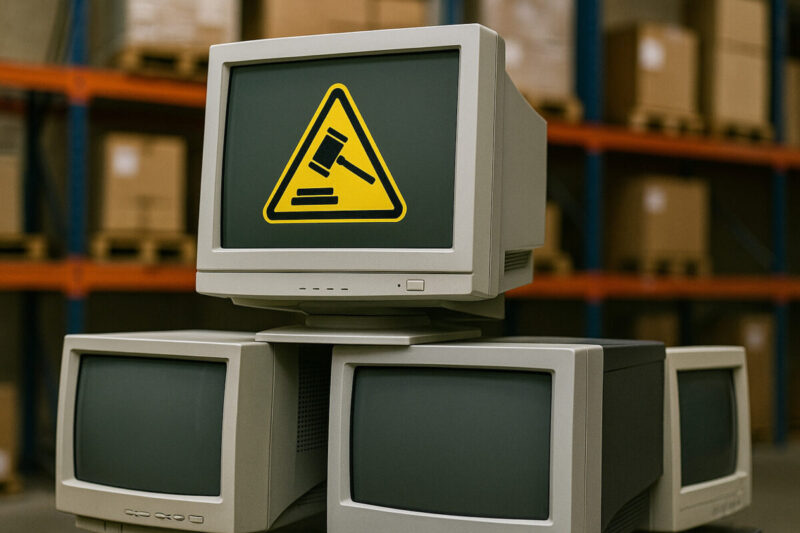Trends in ITAD: What to Expect the Second Half of 2025
The IT asset disposition (ITAD) industry is rapidly evolving as businesses place more emphasis on sustainability, data privacy, and regulatory compliance. As we enter the second half of 2025, several emerging trends in ITAD are shaping the way organizations manage end-of-life technology.
Let’s take a look at what to expect in the coming months.
1. Sustainability Is No Longer Optional
Environmental sustainability is no longer just a buzzword—it’s now a key driver in ITAD decisions. Organizations are increasingly expected to follow ESG (Environmental, Social, Governance) guidelines, and that includes responsibly disposing of IT equipment.
Expect more businesses to partner with R2v3 and e-Stewards certified vendors who prioritize responsible recycling, repurposing, and reuse. Zero-landfill policies and carbon-offset tracking will become standard expectations.

2. New Regulations Are Reshaping the Landscape
Around the globe, stricter data protection and e-waste regulations are being enforced. In the U.S., states like California and New York are expanding legislation around e-waste disposal and data destruction. Meanwhile, GDPR, HIPAA, and CCPA compliance remain non-negotiable for many industries.
In response, ITAD providers are strengthening their certification frameworks, offering more transparent chain-of-custody reporting, and adopting audit-friendly practices to help clients remain compliant.
3. AI and Automation Enter the Scene
Technology is transforming the ITAD process itself. AI is now being used to enhance asset tracking, automate data erasure verification, and detect tampering in physical assets. Automated diagnostics also help ITAD vendors categorize hardware for resale, recycling, or destruction faster and more accurately.
These tools not only speed up turnaround time, but also reduce the risk of human error in the process—offering greater peace of mind to IT managers.

4. Security and Chain of Custody Matter More Than Ever
In a world where data breaches can cost millions, secure data destruction and clear documentation are top concerns. Clients are now demanding full visibility throughout the ITAD lifecycle—from pickup to processing to destruction.
Expect to see increased use of blockchain-style tracking systems that allow clients to view the entire journey of their retired assets.
Conclusion
The trends in ITAD during the second half of 2025 highlight a shift toward sustainability, compliance, and smart technology. Whether you’re an enterprise looking to refresh your data center or a small business replacing outdated PCs, aligning with a forward-thinking ITAD partner is essential.
Want to stay ahead of these trends? Partner with an experienced, certified ITAD provider to protect your data, your reputation, and the environment.







